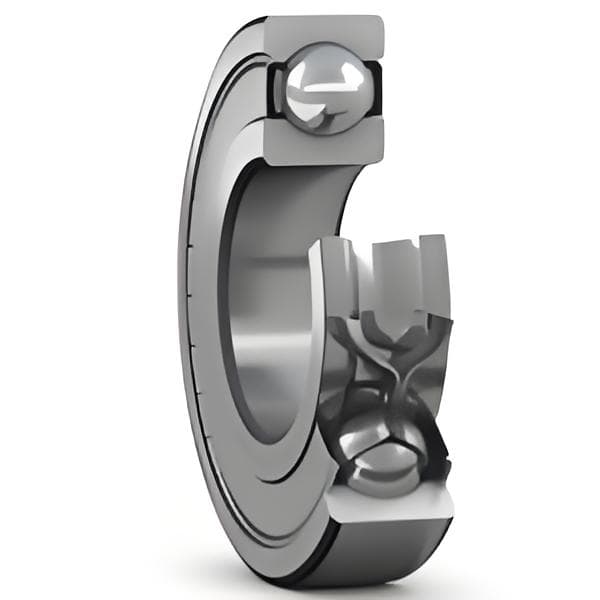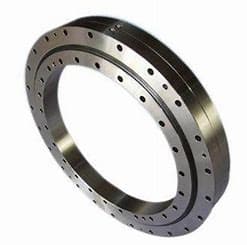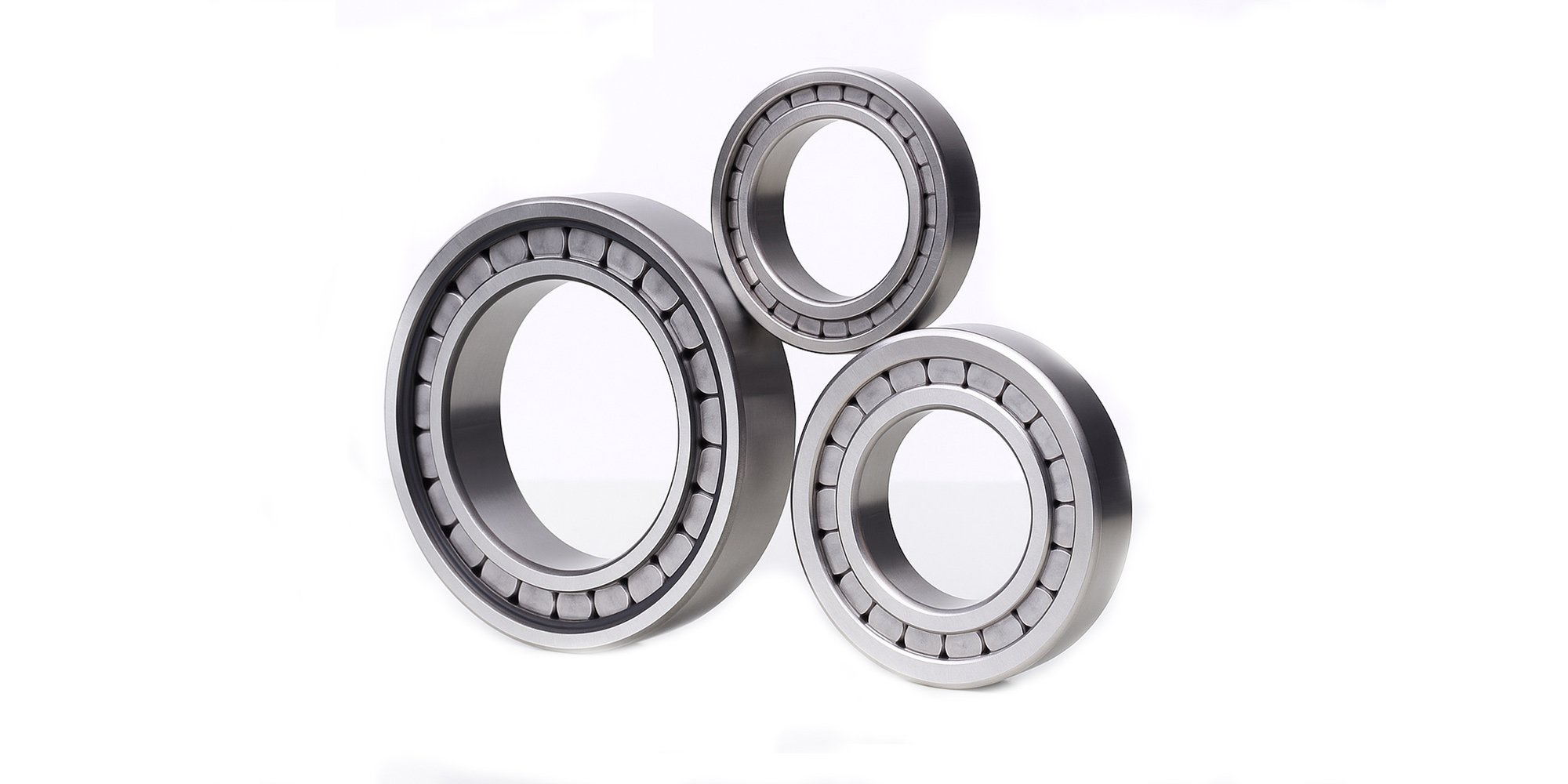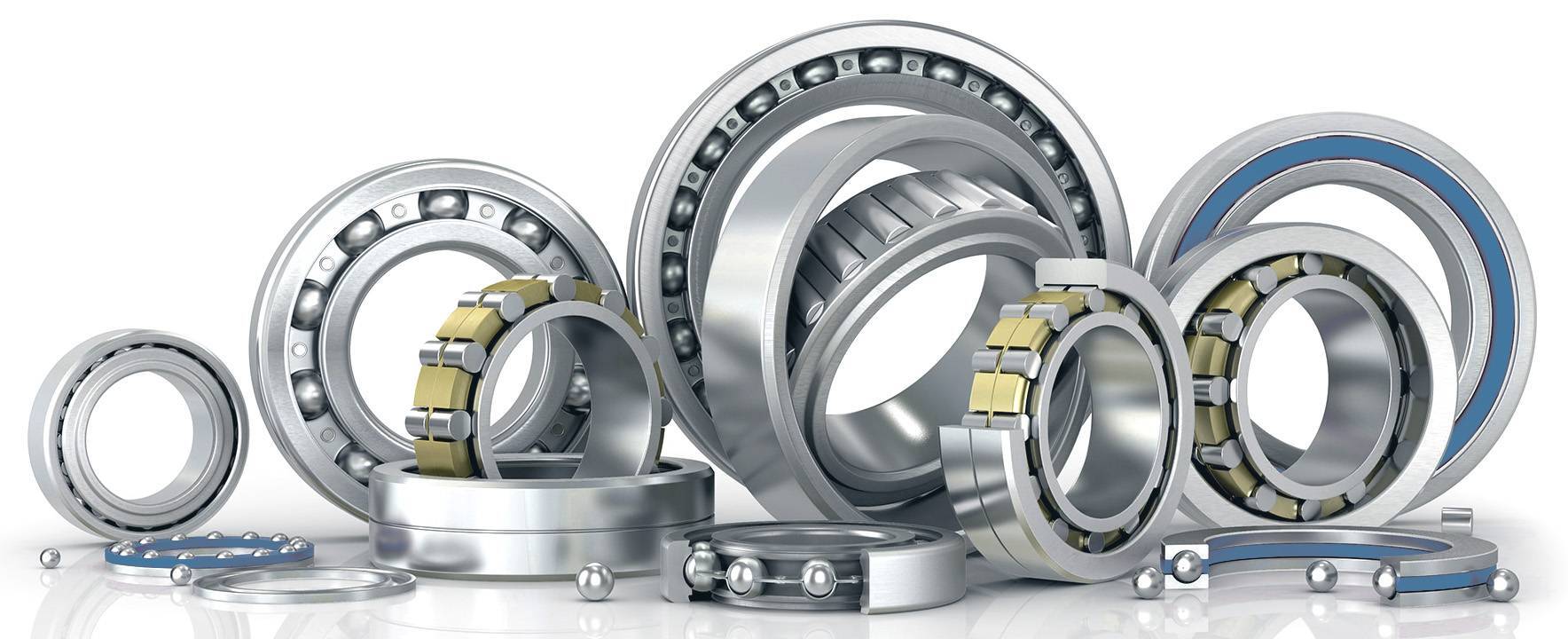How to Clean Ceramic Bearings?
Curious about maintaining ceramic bearings? Questions like “What makes ceramic bearings better?”, "What can I use to clean ceramic bearings?" or...

Bearings are the unsung heroes of modern industry, ensuring the smooth operation of machinery in sectors ranging from aerospace to manufacturing. Among the plethora of bearing types, ceramic and steel variants have been gaining prominence. Steel bearings have long been the standard, appreciated for their reliability, while ceramic bearings are emerging as notable contenders due to their unique benefits.
In this blog, we'll dive into the world of ceramic and steel bearings, comparing their properties, performance, and ideal applications. Our aim is to elucidate the ceramic bearings vs steel debate, equipping you with the insights to make well-informed decisions for your specific needs. Join us on this enlightening exploration.
Based on the material composition, ceramic bearings can be categorized into silicon nitride, zirconia, and silicon carbide variants. These bearings offer distinct advantages, such as:
Steel bearings, predominantly crafted from chrome steel , bring a blend of durability and versatility:
In evaluating the performance of ceramic and steel bearings, several critical factors come to the forefront, each contributing to the functional capabilities of these components:
Both types offer considerable longevity, with ceramics often having an edge in extreme conditions, while steel shines in load-bearing scenarios.
In the realm of bearings, the decision between ceramic and steel often boils down to a balance of initial investment and long-term value. It's essential to weigh the immediate costs against the potential benefits over time to make an informed choice.
When balancing cost and performance, ceramic bearings might offer greater value in high-demand scenarios, while steel bearings can be more cost-effective where advanced features aren’t critical.
Choosing the right bearing involves more than just upfront cost considerations; it requires a holistic view of performance, lifespan, and long-term return on investment.
In the grand debate of ceramic bearings vs steel, each has its unique strengths and ideal applications. Please refer to the summary table below for a concise overview.
|
Aspect |
Ceramic Bearings |
Steel Bearings |
|
Material Composition |
Ceramic (e.g. silicon nitride) |
Steel (e.g. chrome steel) |
|
Heat Resistance |
High |
Moderate to High |
|
Corrosion Resistance |
Excellent |
Moderate |
|
Friction Coefficient |
Low |
Moderate |
|
Weight |
Lightweight |
Heavy |
|
Durability |
Very High |
High |
|
Load Capacity |
Lower in some cases |
High |
|
Speed |
High |
Moderate to High |
|
Vibrations |
Low |
Moderate to Low |
|
Cost |
Higher initial cost |
Affordable |
|
Applications |
High-speed, extreme conditions |
General industrial use |
At LILY Bearing, we offer both full ceramic bearings and hybrid ceramic bearings. Like our steel bearings, our ceramic bearings are also designed in a variety of ways to meet various needs of customers, such as:
Ceramic Angular Contact Ball Bearings
Ceramic Self Aligning Ball Bearings
Ceramic Tapered Roller Bearings
Ceramic Cylindrical Roller Bearings
Additionally, we offer premium ceramic components like ceramic balls to cater to varied customer requirements. Dive in and discover Lily-Bearing's high-quality ceramic bearings to make an informed choice for optimal performance.

Curious about maintaining ceramic bearings? Questions like “What makes ceramic bearings better?”, "What can I use to clean ceramic bearings?" or...

Full complement bearings are often overlooked in the assembly of bearings. Unlike rubber seal, steel seal, open type, and UG bearings that we are...

Importance of Bearings in Mechanical Systems Bearings are crucial for smooth and efficient motion in mechanical systems, while reducing friction,...